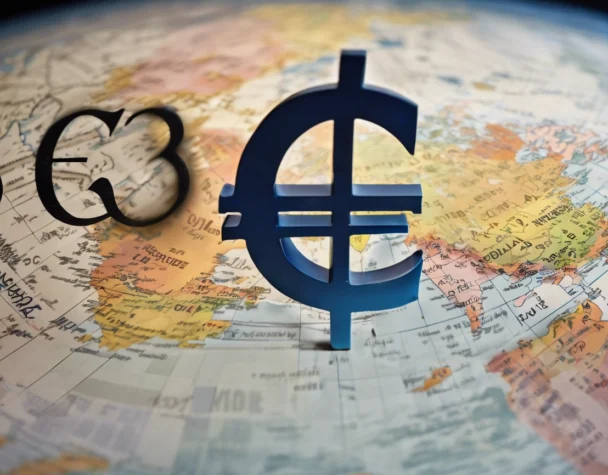
Asian FX Rallies and Euro Strength Highlight Dollar Weakness
Tue, May 27, 2025Euro Strengthens on Policy Confidence and Defense Investment
The euro has emerged as a major gainer this month, climbing above 1.1400 against the U.S. dollar amid strong investor confidence in the European Union’s fiscal and geopolitical positioning. This uptick follows a landmark €500 billion defense investment package and assertive commentary from European Central Bank President Christine Lagarde, who positioned the euro as a viable alternative to the U.S. dollar in global trade and reserves.
The EU’s policy stability and capital inflows have helped fuel the euro’s bullish momentum, especially as the United States grapples with uncertainty over tariffs and weaker-than-expected GDP figures. President Trump’s latest pivot—rolling back proposed 50% tariffs on European goods—added to investor uncertainty surrounding U.S. policy direction.
In contrast, the British pound, while rising to a multi-month high of 1.3424, faces headwinds from incoming U.S. tariffs on UK exports and the Bank of England’s likely rate cut decision in early May. These moves could cap further upside for the pound despite initial momentum.
Further reading on the euro’s global ambitions: Reuters – Lagarde Eyes Euro’s Reserve Role
Asian Currencies Lead Emerging Market Rally
Across Asia, currencies are gaining strongly against the dollar, reflecting both regional economic resilience and a strategic response to perceived shifts in global trade architecture.
The Indian rupee surged 0.92% in a single session—the best in over two years—fueled by investor optimism and easing crude prices. Market watchers expect the rupee’s strength to continue, buoyed by favorable capital flows and potential policy liberalization. India’s central bank is now pushing for government approval to allow overseas rupee lending, which could further internationalize the currency and reduce dollar dependency.
The Chinese yuan also saw a notable uptick, hitting a seven-month high. Analysts attribute this to stimulus signals from Beijing, aiming to stabilize the economy and bolster domestic consumption. Meanwhile, the Korean won, Thai baht, and Indonesian rupiah have gained between 2.5% to 5.5% this month, driven by expectations that U.S. trade deals will now include currency exchange rate clauses—a move encouraging Asian nations to curb aggressive dollar-buying.
Check out the latest Asia FX trend analysis: Financial Times – Asia’s Currency Shift
Conclusion: Forex Landscape Tilting Away from the Dollar
May 2025’s foreign exchange landscape is increasingly defined by a weakening U.S. dollar and rising momentum for Asian and European currencies. With investor sentiment turning cautious on U.S. fiscal and trade policies, opportunities for diversification and de-dollarization are coming into sharper focus across both developed and emerging markets. This trend could accelerate as geopolitical alliances shift and central banks look to assert monetary independence.

